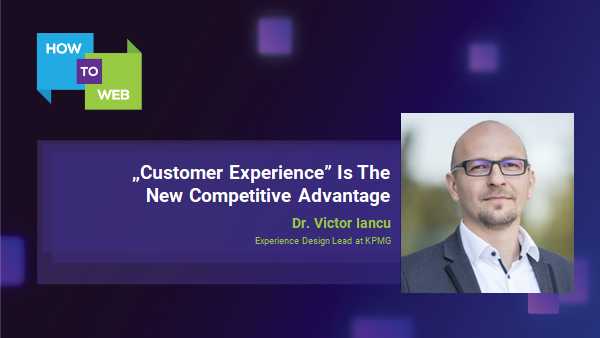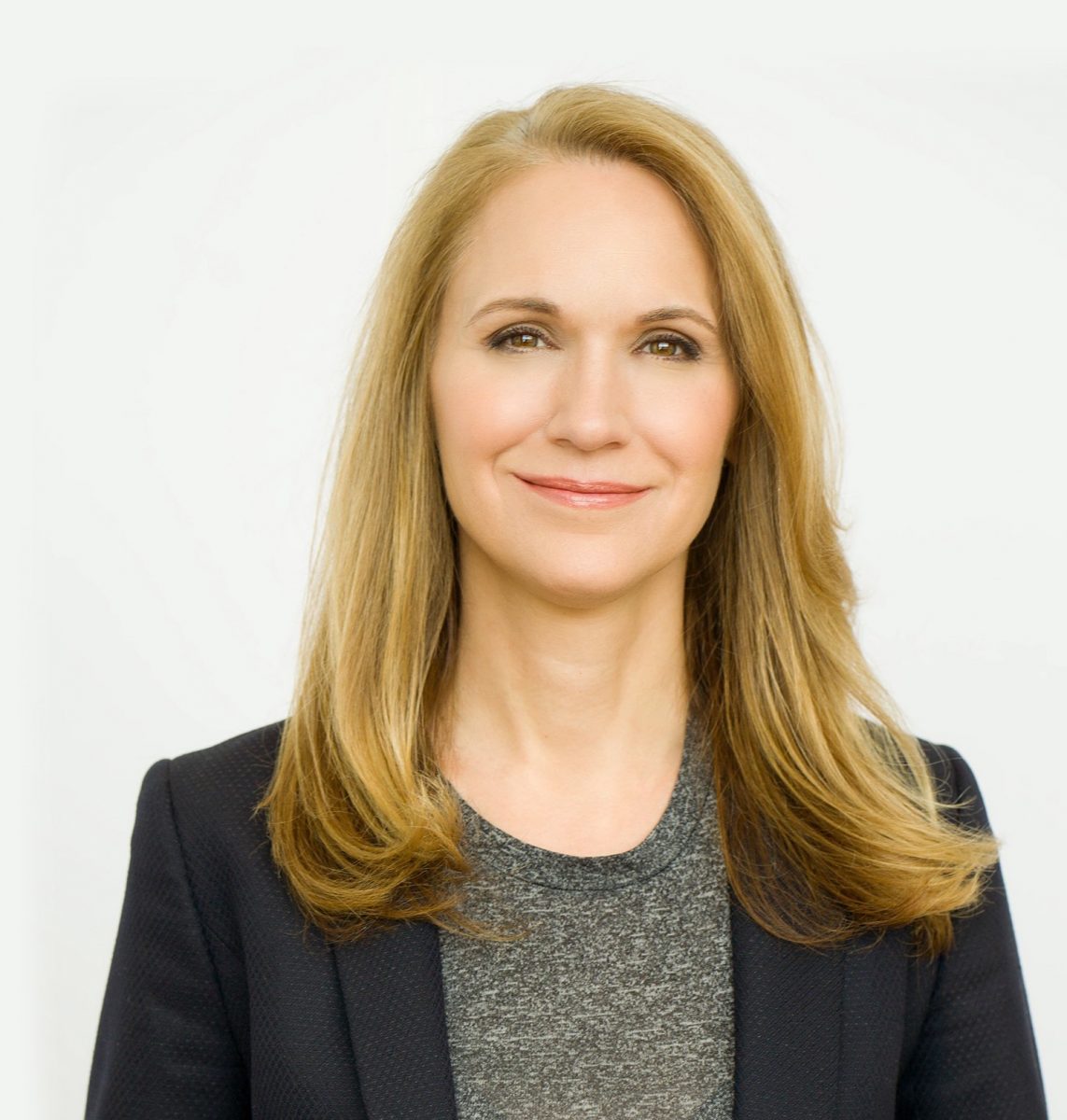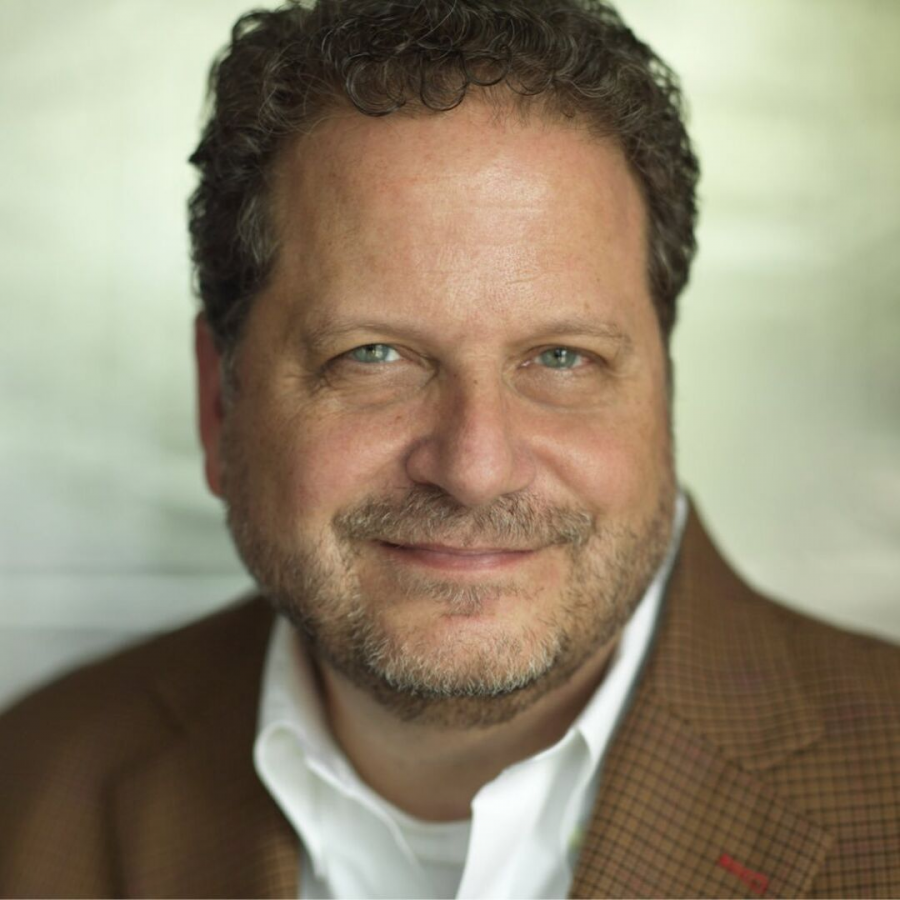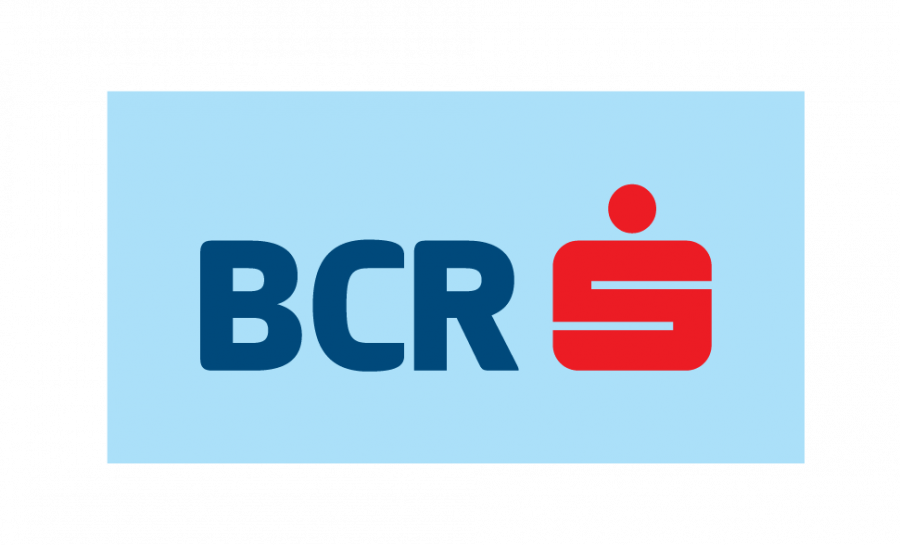19 November, 2018

We sat down with Dr. Victor Iancu, Experience Design Lead at KPMG, to talk about Customer Experience and how it drives your business.
Q1: How can we define “Customer Experience”?
“Customer experience” accounts for the whole of a client’s interactions with an organization, its products or services over the lifetime of their relationship, and beyond it. So the client’s experience with a particular brand / company begins long before the person actually becomes a buyer and ends after it is no longer a customer of the organization. We are therefore dealing with an extremely complex relationship to which more and more organizations pay attention.
Q2: What is the customer’s profile in 2018?
It is estimated that by 2020 a third of the world’s population will be made of what we call “millennials”, active consumers of goods and services. Only if we focus on this category alone, it is visible that today we are dealing with a more sophisticated client, a connected customer who has real-time, inexpensive access to almost any kind of information.
This client profile wants its relationship with the organization to be as smooth as possible, no unnecessary complexities, on the contrary, the simpler and faster the interaction, the better. This client also values those companies that personalize their contact, organizations that treat them as individuals.
Today we are talking about a customer who benchmarks organizations from various fields and industries and who demands innovative solutions based on the best experiences. This behavior is one of the main reasons why the traditional business models have become so vulnerable to disruption.
Q3: Why do companies encounter difficulties in creating the desired customer experiences?
The causes are multiple. One is that organizations no longer fully understand consumers, mainly because they lack relevant information / data about them. In many companies decision-makers do not have direct contact with their customers (and here I refer in particular to middle and top managers).
Most often, the only interaction they have is through abstract figures deriving from studies and surveys, questionnaires, segmentations. But the client is more than just a statistical point, he/she is a human-being, with a personal and professional life, with dreams and problems, and these specific human coordinates are the ones that dramatically influence his/her behavior as a consumer.
Q4: What should organizations do to adapt to the changes we are talking about?
An essential step is for organizations to go beyond collecting and analyzing the so-called active data, and to capture customer interactions at the granular level, to carefully explore each contact point in their interactions. This will also enable them to collect and analyze passive data, mute data, which customers do not normally express when conventional methods are used. Specific tools borrowed from design thinking methodologies, for example, are now becoming more and more present in the managers’ toolkit.
Q5: What should organizations do to adapt to the changes you are talking about?
On a very general level, it is just as important for companies to rethink their processes and focus their strategic approach around the client, one that is understood at a much more human level. This is because the technological advance, the digitization of interactions, have changed the positions of power in the organizations’ value chain, the rules of the game have changed. Think about this: today, a simple social media post can become viral in a matter of hours, and can make or break a business. Ten years ago this problem was not even in sight.
Remember that you can meet Dr. Iancu and his colleagues at this year’s How to Web – both on stage and for Office Hours meetings !
You may also like
5 Questions with April Dunford (author and product positioning expert) - Part 2
We sat down with Dr. Victor Iancu, Experience Design Lead at KPMG, to talk about Customer Experience and how it drives your business. Q1: How can we define “Customer Experience”? “Customer experience” accounts for the whole of a client’s interactions with an organization, its products or services over the lifetime of their relationship, and beyond it. So the… Read more »
5 Questions with Bob Moesta (co-architect of the Jobs-to-be-Done framework)
We sat down with Dr. Victor Iancu, Experience Design Lead at KPMG, to talk about Customer Experience and how it drives your business. Q1: How can we define “Customer Experience”? “Customer experience” accounts for the whole of a client’s interactions with an organization, its products or services over the lifetime of their relationship, and beyond it. So the… Read more »






